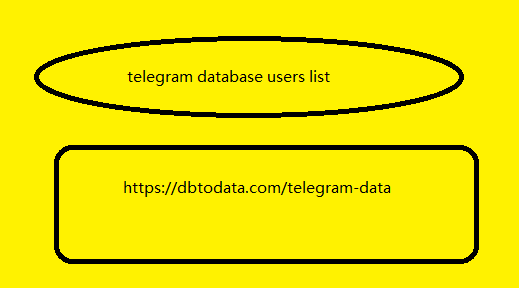VAT (Value Added Tax), also known as VAT, is a common tax that all businesses and individual business households need to monitor to declare and pay taxes in accordance with current regulations. So what exactly is value added tax ? In today’s article, MISA meInvoice would like to present to readers the most general content about value added tax. Please follow along.
Table of Contents Hide
Law on value added tax and guiding documents
1. Overview of VAT
What is value added tax?
Characteristics of VAT
The role of value added tax
2. Subjects subject to VAT
Subjects subject to VAT
Objects not subject to VAT
Subjects not required to calculate declare and pay VAT
3. How to calculate value added tax
Calculate VAT by cambodia telegram data deduction method
Calculate VAT by direct method
4. Instructions for declaring and paying value added tax
5. Answers to some questions about value added tax
What is the difference between 0% VAT and VAT exemption?
Who pays VAT?
Who is liable for VAT?
Law on value added tax and guiding documents
At the time of writing, the regulations related to VAT are presented in 04 main legal documents. Circulars, decrees, and consolidated how can i search a Phone number documents guiding the law are summarized in the table below:
Main legal documents guiding VAT
Summary of key legal documents guiding VAT-related matters
Legal documents Number Effective ws data Date Legal documents Number Effective Date
(The definition of VAT is stipulated in Article 2 of Law No. 13/2008/QH12)
Value Added Tax is also known as VAT (Value-Added Tax). Simply put, this is a tax added to the selling price of goods and services in an order and paid by consumers when using those goods and services.
VAT is borne by the final consumer. Production and business establishments and enterprises providing goods and services are the ones who pay taxes to the state budget on behalf of consumers by adding tax to the selling price that consumers have to pay when purchasing goods and services. Therefore, VAT is an indirect tax .
Second, value added tax is a multi-stage
non-overlapping consumption tax.
Vat is levied on all stages of circulation. From production to circulation and consumption. At each stage, tax is only calculated. On the value added of that stage.not counting the duplicate vat already taxed. At previous stages.considering any goods or services.the total vat collected.through all stages of circulation of goods and. Services is equal to the tax calculated. On the selling price to the final. consumer. Therefore, VAT is a multi-stage non-overlapping consumption tax.

